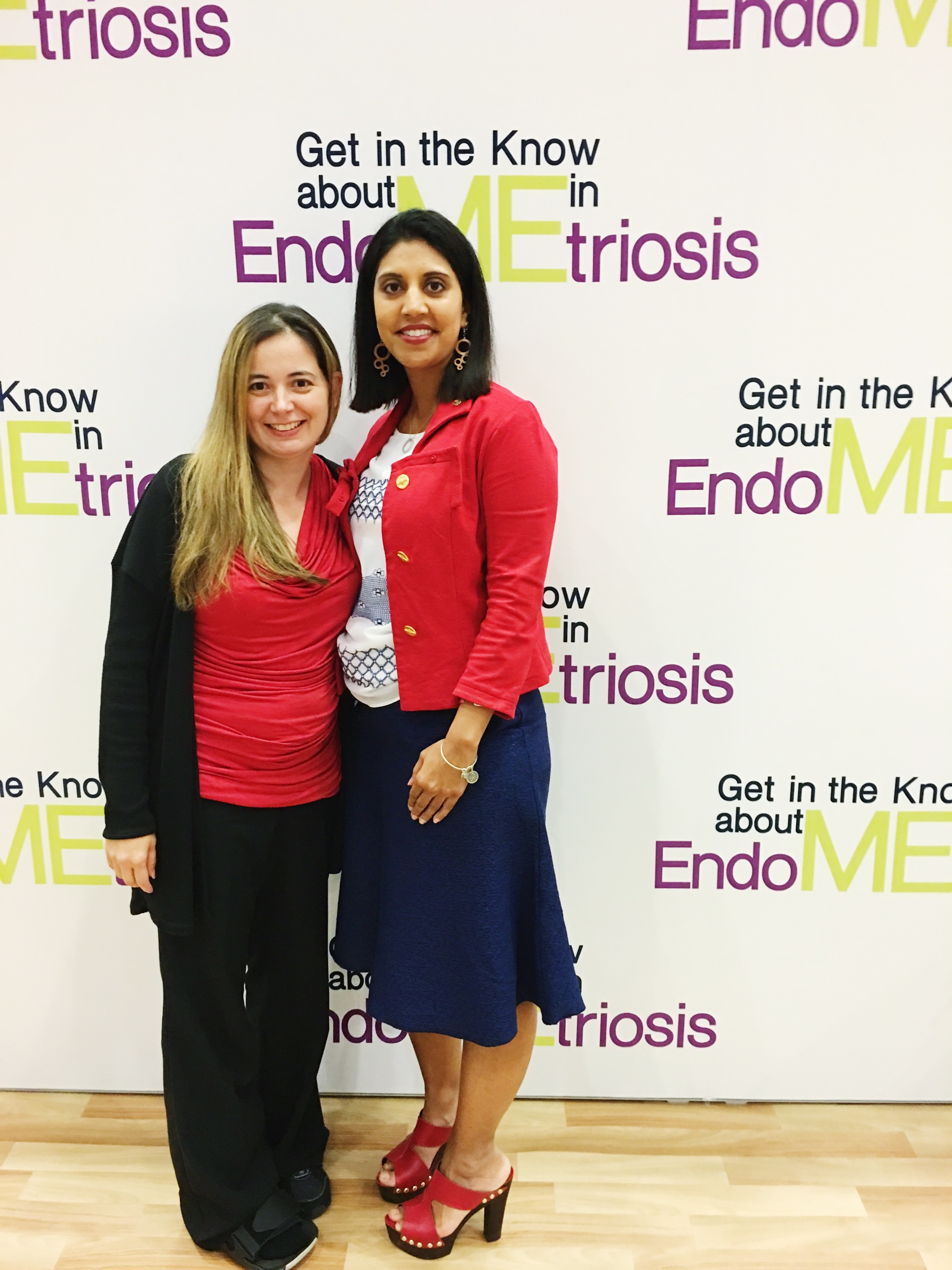
THIS PAST WEEKEND, I attended the 2016 BlogHer conference, here in Los Angeles.
Hosted by SheKnows Media, a leading women’s lifestyle media platform, #BlogHer16 brought more than 3500 women content creators from the realms of social media, video, photography, and blogs and connected them with one another, along with brands, vendors, and media professionals. The event gave attendees opportunities to collaborate with other content creators and with brands geared towards women audiences, while also allowing them to hear inspiring stories, gain valuable advice, and learn lessons from keynote speakers like Sarah Michelle Gellar, Sheryl Crow, and Aisha Tyler. Many of the women I met and spoke with over the course of the conference shared how empowered the experience made them feel, and how excited they were to use the tools and skills they were developing to broaden their presence on the internet and social media.
#BlogHer16’s coordinators also made sure that the event’s attendees had just as much access to important women’s health care information as they did to social media and networking tools. One of the booths present was there to promote awareness of endometriosis, through a women’s health campaign called Get in the Know About Me in EndoMEtriosis and a social media campaign called #MEinEndo. Both were designed to personalize endometriosis by allowing women affected by endometriosis to share their own stories about symptoms, diagnosis, and treatment. The number of women who are affected by the disease is staggering; according to Dr. Parveen Vahora, one of the health professionals on site to speak to women about possible symptoms, “1 in 10 women are affected by endometriosis, and it can take up to 5 different doctors and 10 years to be diagnosed.” It turns out that millions of women could potentially be suffering from endometriosis without knowing it, and being forced to wait much too long before receiving appropriate treatment.

The deep-red areas show lesion growth and tissue affected by endometriosis
One of the factors contributing to that high number is the lack of public knowledge regarding endometriosis. The disease occurs when “tissue that is normally found in the uterus (endometrium) grows outside the uterus; these misplaced growths are called lesions,” which then appear on other reproductive organs like the ovaries and Fallopian tubes. These lesions are painful, and contribute to a host of symptoms that can affect a woman during, before, and after her menstrual cycle, which include: painful/debilitating menstrual cramps, heavy periods, pain during sex, abdominal pain, and spotting before and between periods. Without treatment, endometriosis can result in infertility, ovarian cancer, and, more rarely, endometriosis-associated adenocarcinoma. Because the symptoms associated with endometriosis can oftentimes present for a host of other reproductive issues, many health professionals don’t think to consider endometriosis as a plausible culprit, leading to delayed diagnoses and treatment. Many women have also come to mistakenly believe that these symptoms, especially painful menstrual cramps, are a normal part of having a period — when in fact they are the opposite.
What makes endometriosis so dangerous and so insidious is that it can wreak its havoc without presenting any symptoms at all. This is what happened to Karen Martins, a patient dealing with endometriosis who was at the campaign’s booth to share her story with conference attendees. With a swollen belly as her only noticeable symptom, Martins had to go through a number of health professionals until she was able to find one who took her and her issue seriously. Finding cysts on her ovaries, Martins and her doctor decided that a routine procedure to remove the cysts would be the best course of action. What they discovered during the procedure was that Martins’ endometriosis was actually stage-four, with the lesions having spread from her ovaries to her bladder, in some cases fusing together with one another. While successful, the routine outpatient procedure ended up becoming a two-day stay in the hospital, with a much longer recovery period than Martins had either anticipated or planned for.

Karen Martins (l) and Dr. Parveen Vahora (r)
Martins stresses the importance of finding a doctor who you can have a good relationship with, and who will listen to and respect your concerns. “My biggest fear is that women won’t second-guess themselves, won’t say ‘I don’t trust that doctor’s opinion.’ Listen to your body. Find the doctor that you trust. If you think there’s something wrong, find someone who will help you.” Martins’ advice sounds simple, but it’s astute; a 2011 study published in the journal Health Services Research discovered that patients who have a more open, communicative, and trusting relationship with their healthcare providers are more active in their healthcare, leading to better prognoses and long-term health outcomes. Women unable to find a healthcare provider willing to listen to their concerns, or who are educated about endometriosis, as is oftentimes the case, can turn to women-centric healthcare organizations like Planned Parenthood of America for assistance in diagnosis and treatment, if need be. The important thing, as Dr. Vahora made sure to emphasize, is that women don’t suffer in silence; successful treatment can only be achieved if a patience has confidence in that treatment, and the basis for that confidence is trust and support between patients and doctors.
Get in the Know About Me in EndoMEtriosis offers women a number of tools to increase their knowledge and awareness about the disease, increasing the chance of a more open and productive relationship with their healthcare providers. The campaign’s site has a checklist of common signs and symptoms that women can use to compare against any they might be experiencing themselves, and has a downloadable symptoms tracker that can be used to chart levels of pain over a thirty-day period. Useful as a tool to help healthcare professionals understand changes in patient pain levels, the tracker also allows women to describe their pain, symptoms, and pain management methods. It dovetails nicely with the campaign’s goal to increase awareness of the disease. As Markeisha, who works closely with the campaign, aptly puts it: “Oftentimes, women just manage through whatever’s going on in their lives. [Get in the Know About Me in EndoMEtriosis] wants to help women pause, think through what might be going on with their bodies, and consider having a conversation with their health providers.”
After all, women should feel just as comfortable and confident advocating for their health as they do for their careers. Here’s to #BlogHer16 and #MEinEndo for empowering women to do both.
If you think you might be suffering from endometriosis, or would like to learn more about this disease, head to the campaign’s website and make sure to speak to your healthcare provider.











-300x169.jpg)




